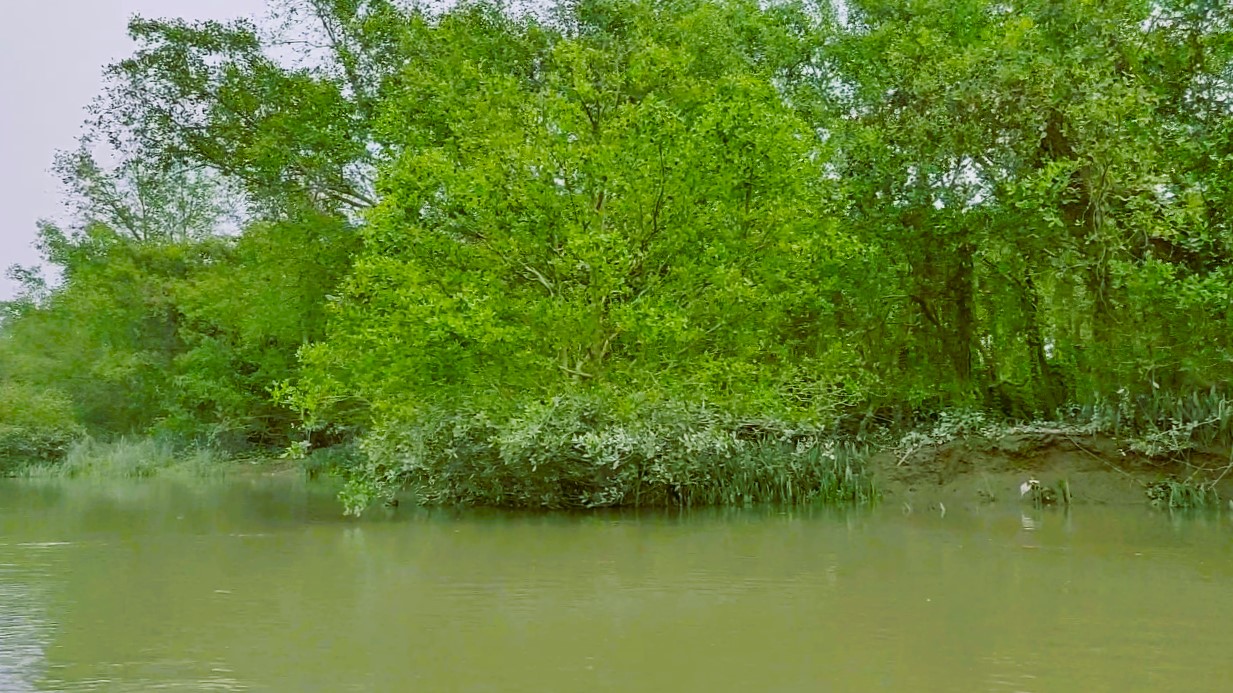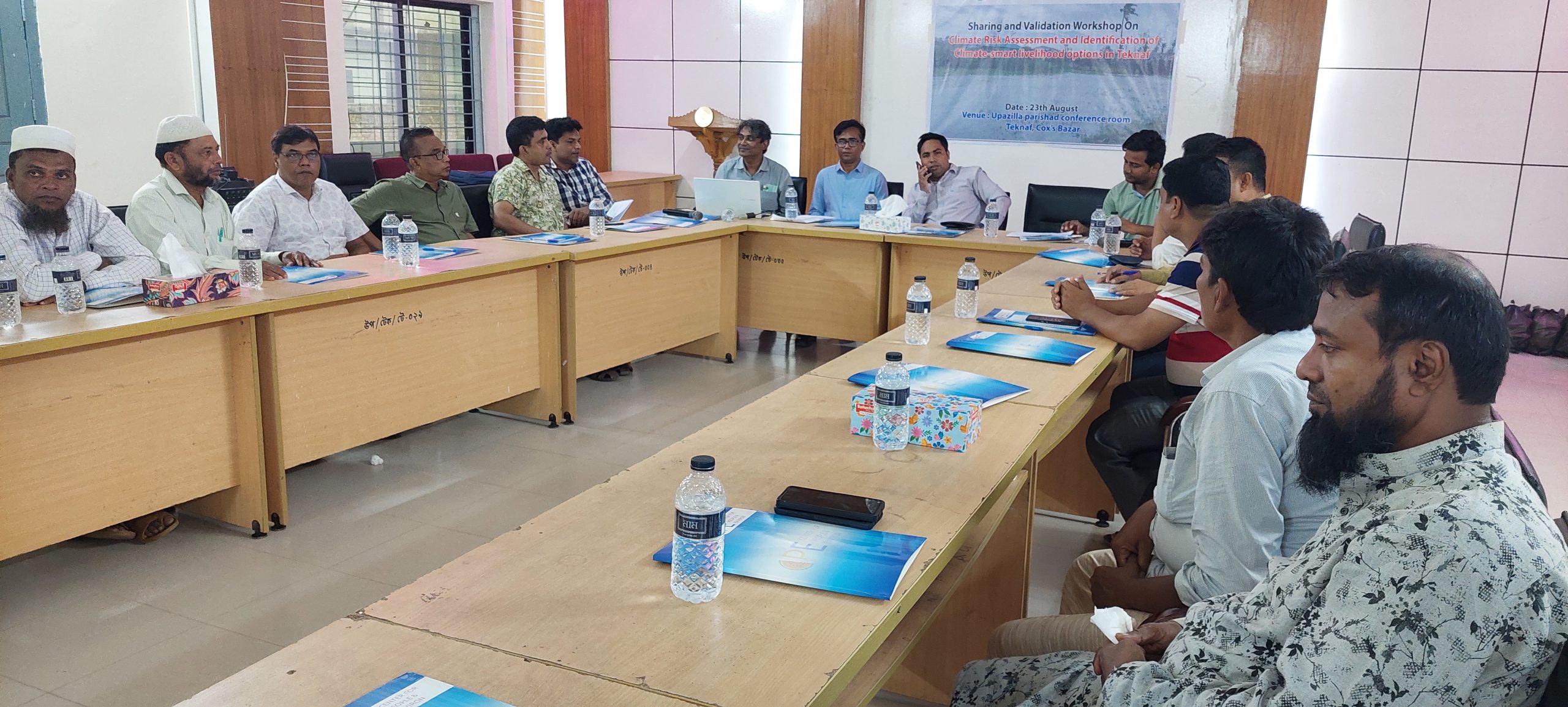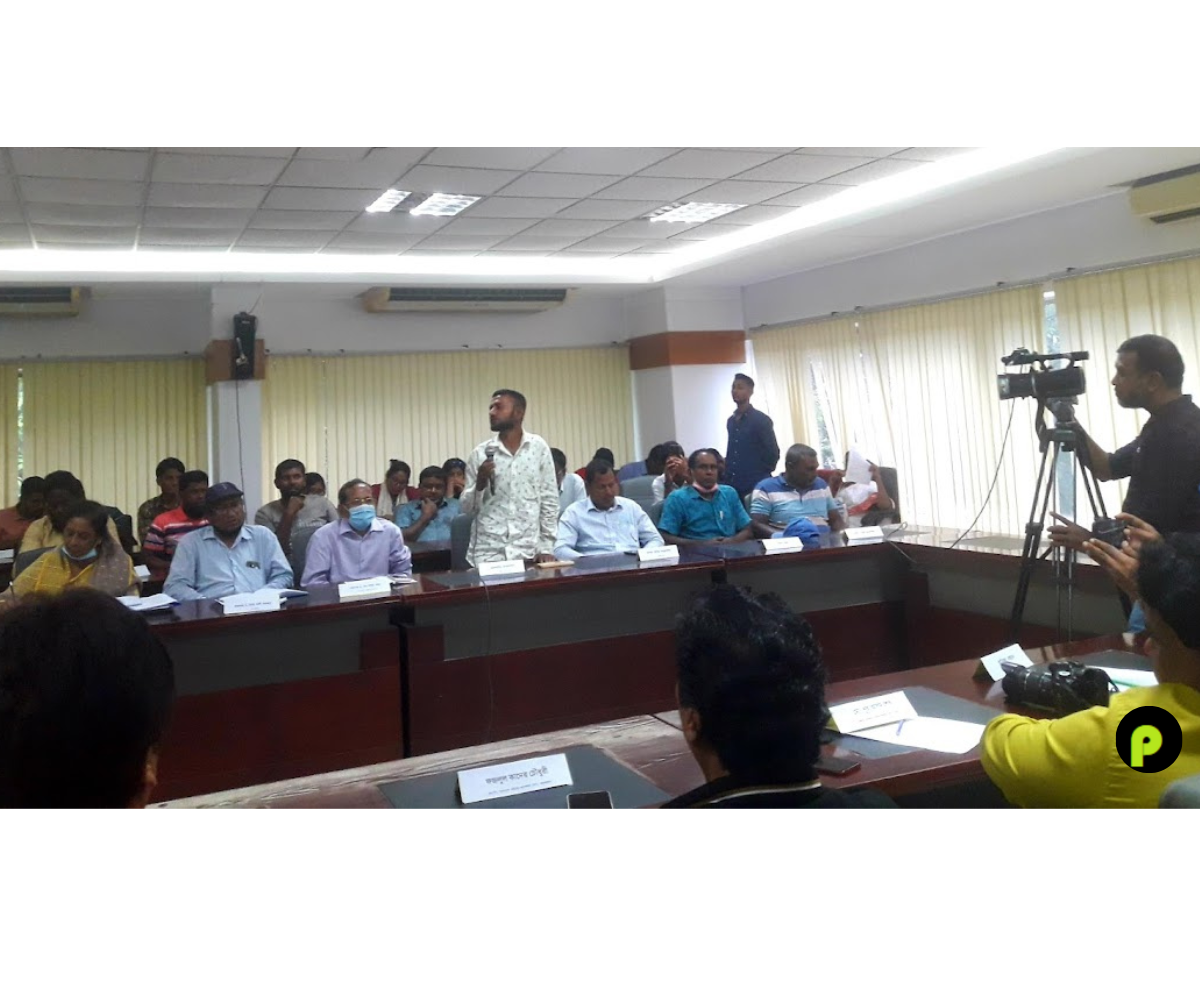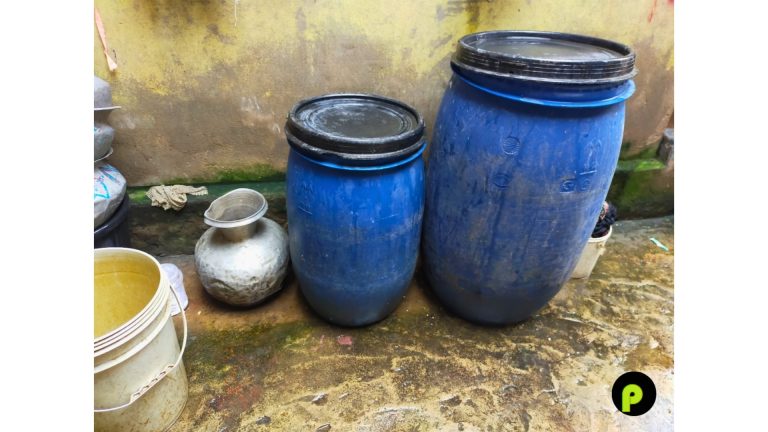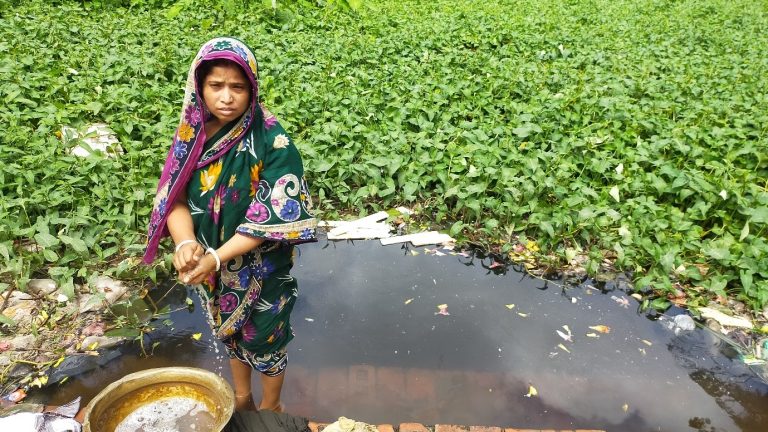Muhammad Abdur Rahaman
A history of the problem in Chittagong, the second largest metropolitan commercial capital of the country, is the salimity in drinking water. Although the trend of salinity in the drinking water supplied by WASA was first observed in 1995, the problem of salinity in the water supplied by WASA at a specific time since 2007 has become quite serious. Whereas in 2007 excess salinity was detected in the water around March-April, in 2009 the problem appeared in the beginning of March and it gradually became severe in April-May. In a seminar organized by IED to celebrate Environment Day’07 at Lions Foundation Hall in 2007, I stated that this problem will continue to grow pgvi^q and once people of Chittagong city drink salt water throughout the year, it would be out of hand and there will be nothing to do or say. Now the signs are starting to become visible. Salinity levels and time spans have increased far in just a few years. The problem of fresh water has become severe in the areas of chittagong city where water is collected and supplied from the Halda river. It should be mentioned here that, WASA provides about 40% of the water supplied to the city from Halda river. This problem becomes evident when the salinity of Haldar water increases. Kaptai Lake is the main source of Halda river’s water. When the water in Kaptai Lake falls below the vivek limit, the dam authorities stop water supply to Halda river. As a result the Halda river got deprived of the fresh water. On the other hand, one of the fresh water sources of the river is percolation of underground water. It would not be an exaggeration to say that the percolation process is completely absent in the part of Halda that flows past Chittagong city. Because the percolation process requires sufficient ground water, about 60% of the water supplied to Chittagong city comes from ground water sources. On the other hand, as WASA can supply less water than the city needs, most house owners use underground water through tubewells for their own use and renters needs. Although the exact number of such tubewells is not known by WASA authorities. Or even if known, with the connivance of some dishonest and corrupt WASA officials, the house owners are easily carrying out this illegal activity. A study conducted by the author in 2008 entitled “Drinking water supply system in Chittagong metropolis” shows that out of 687 houses in Chawkbazar, Badurtala and Shulakbahar areas, 147 houses have tube wells through which ground water is extracted. And thus, due to the extraction of ground water, the pressure on the ground water reservoir is increasing and the percolation of water is decreasing. On the other hand, the infiltration process of water is hindered due to lack of rainfall and not raining at the right time and there is no open and raw space in the city, ground water recharge is decreasing cannot be stored. At one hand, unplanned extraction of ground water and on the other, due to obstruction of water infiltration process, along with other problems, water percolation process stopped. As a result, Halda river is deprived of clean water. Also, since the part of Halda flows through the rural areas, clean water cannot be connected to Halda due to unplanned, unscientific and environmentally destructive construction of sluice gates in the canals connected to Halda river. All these sluices are destroying Halda river’s fish fries and disrupting Halda river’s water flow and fresh water source. Prolonged inundation during the rainy season at some places causing massive crop losses, destruction of natural fish stocks. All the above factors have combined to completely destruction of Halda rivers’s fresh water source. Earlier Halda got 29% of its water from Karnaphuli, the rest received from hills, canals, bevels and underground sources, now due to the fact that all these sources have become extinct, Karnaphuli supplies 47% of Halda’s water. I cannot but have to mention, the sea level is increasing due to climate change.
In this way, the salty water of the Bay of Bengal is easily entering Halda and the WASA authority is supplying this salty water to the city dwellers. In addition to drinking water supplied by WASA in 2009, salinity has also been observed in underground water drawn by tube wells and this is avivwek due to reduced groundwater flow due to increase in backwater pressure due to capillary properties of water from Halda during high tide. Saline water is stored underground in the process of percolation and comes up when extracted through tube wells. As the groundwater storage rate is decreasing, this problem became more pronounced in the city during the summer season. In a country like Bangladesh, the cost of purifying and supplying water is very high, so the WASA authorities have been forced to carry out this work for three years and the problem will continue to increase over the days, the solution of which is not in the hands of the WASA authorities at all. Instead, WASA authorities will play a stronger role to increase it. Because they will supply underground water under the pressure of the city dwellers which will reduce the water seepage more and eventually it will stop completely. According to WASA authorities, currently the daily water demand in Chittagong city is 50 million cubic liters but WASA can supply only 18 million cubic meters. In the next financial year Chittagong City Corporation and Chittagong WASA are jointly going to implement a project of Tk 1200 crore financed by the World Bank. Under this project WASA will ensure supply of drinking water in Chittagong metropolis. If WASA takes the initiative to solve the water demand of the city dwellers by extracting underground water through this project, then it will be suicidal for Chittagong city. As so this will result in the desertification of the Chitttagong city as well as salinity will spread thoughout this city. Besides, the possibility of disasters like earthquakes and landslides will also increase in the city. However, if right initiatives are taken, this problem can be solved to some extent. In order to solve this problem, the first and the prior approach should be that, WASA itself and all legal and illegal means must stop extracting ground water at the individual level and for this WASA must develop a strong monitoring system. If the extraction of underground water is not stopped now, then the city dwellers will have to face tragic consequence in the near future. In addition to stopping extraction of underground water, theft of chittagong water in the name of systern loss and illegal water trading should be stopped. WASA has to ensure water supply to the entire city. Then soon it will be possible to stop extraction of underground water. There are many small and big reservoirs in Chittagong city including Foys Lake, Askar Dighi, Bara Dighi. All these reservoirs should be renovated to conserve water during monsoons. Besides, there are numerous lowlands around the city. There should also be arrangements for water conservation during monsoons. From all these reservoirs, it seems possible to supply the city dwellers with water for at least three months a year, and it has already been proven by the Bangladesh army under its own supervision in the past year. However, it should be decided by conducting a research on how long and how many families can be served properly. Conservation of these reservoirs, watershed management centered on Foy’s Lake, provision of water supply system and all ancillary works, along with government investment, will provide water to the families who will be supplied with water from these reservoirs and especially those who rely on ground water can be collected from those using the lift. Because they are investing enough money to extract ground water. And in order to save the environment and the city from serious disasters without extracting ground water, from now on they will invest money in water supply to WASA and must force them to do so. In order to use min water harvesting, the related technology should be provided along with the adoption. For this, government experts as well as non-governmental organizations, universities, and research institutes engagement is required. Which would result to at least during the long rainy season, the authorities will not need any water supply. As a result the government’s IVR will be saved, as well as, the city’s water scarcity problem will be reduced, thus reducing the risk of environmental damage in Chittagong. To overcome the problem, the preservation of open spaces, gardens, mountains, and all raw areas of the city should be ensured so that the process of water infiltration is ensured. Unplanned sluice gates should be opened. This will create opportunities for water infiltration. Moreover, the flow of water should be increased from Andharmanik of Ramgar to the place called Ekquilya of Fatikchari in the courtyard. Only then the salinity of halda river will decrease. It is high time that, to take effective measures. Otherwise the people of Chittagong city will have to face a tragic consequences soon.

